Children don’t have basic protections online, and current plans for legislation don’t go far enough, writes Euan Graham of NSPCC Scotland.
The Online Safety Bill is due to be discussed in the House of Lords over the coming weeks, and we continue to campaign for this crucial piece of legislation to be passed as soon as possible in order to protect children from harm online.
Years of inaction by tech firms means that children don’t have basic protections on their websites and, while we welcome the ambition of the legislation to protect children, we don’t think the current plans go far enough.
We want children to be listened to
We’ve led a coalition of charities, politicians, and the public who are calling on the UK Government to do more to keep children safer online. So, we’re backing an amendment that would result in a statutory user advocate being put in place to provide an expert voice and representation for children in the newly regulated online world.
We want children, as the experts in their own lives, to be listened to by the regulator and tech companies to ensure that emerging harms they face online are proactively tackled.
The advocate would act as a consumer watchdog for children, and be funded by a levy on tech companies, so the role wouldn’t be paid for by the public purse. This would help ensure that children’s voices are not drowned out by large tech companies by providing direct representation for their needs in the new regulatory regime.
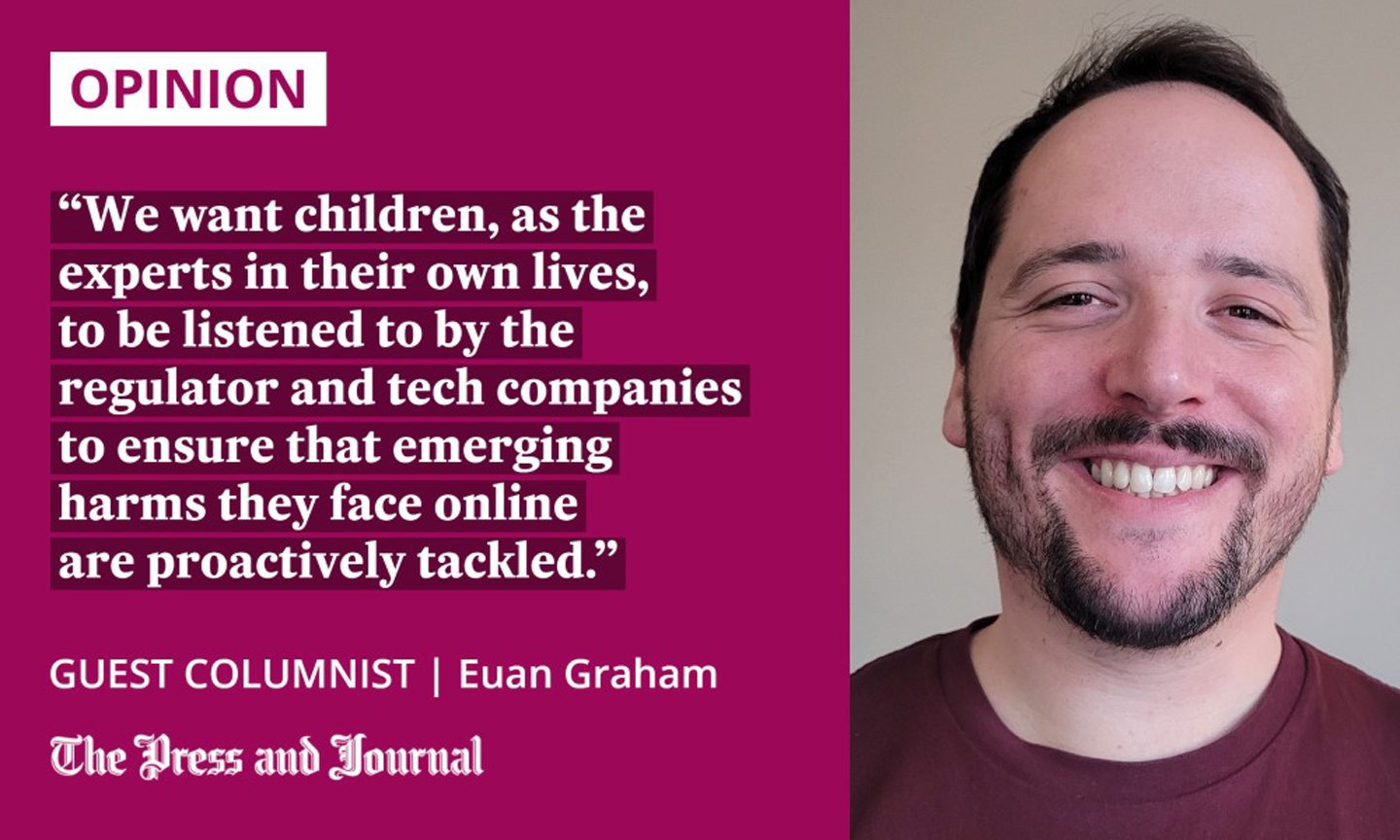
The amendment, which was put forward by Conservative, Labour and Liberal Democrat and crossbench peers, would be similar to statutory user advocacy arrangements that are effective across other regulated sectors, including energy and transport.
Overwhelming public support
Barnardo’s, YoungMinds, 5Rights and the Molly Rose Foundation and Breck Foundation, founded by bereaved parents Ian Russell and Lorin LaFave, are appealing to the UK Government to adopt the amendment
There’s overwhelming public support too. Almost 40,000 people signed an open letter to Technology Secretary Michelle Donelan, asking for a voice for young users to be incorporated in the Online Safety Bill through a user advocacy body for children.
The move is also supported by Scottish nurse Ruth Moss, whose teenage daughter Sophie died by suicide after viewing harmful material on social media. Ruth was part of a group of bereaved parents who urged the UK Government to adopt the amendment at an event in the House of Lords last week.
If you would like to support this amendment, you can write to the UK Government to tell them why you think there should be an organisation that stands up for children and champions their safety.
More information about online safety can be found on the NSPCC website.
Euan Graham is local campaigns officer for NSPCC Scotland


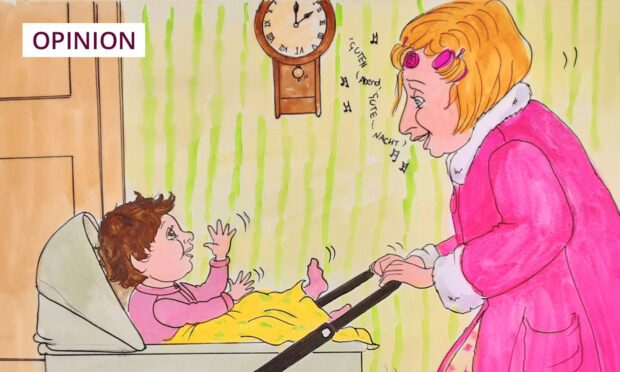

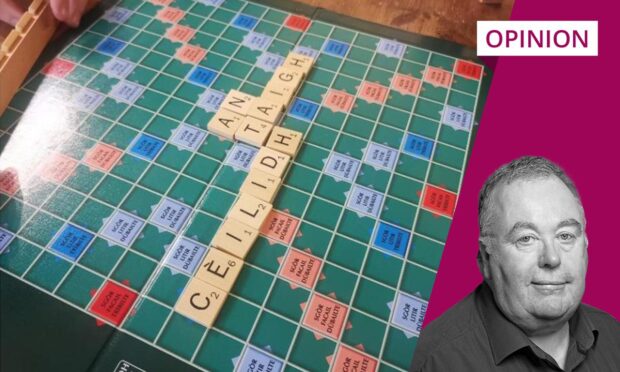


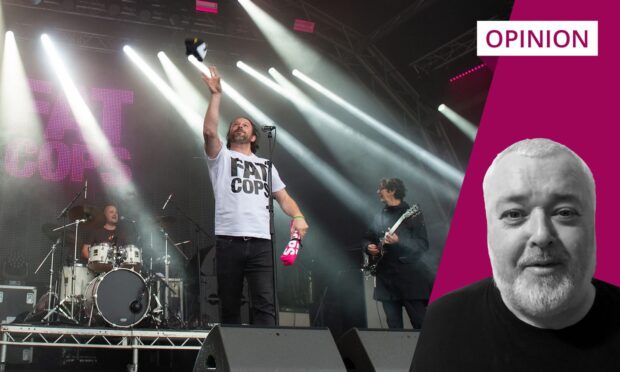


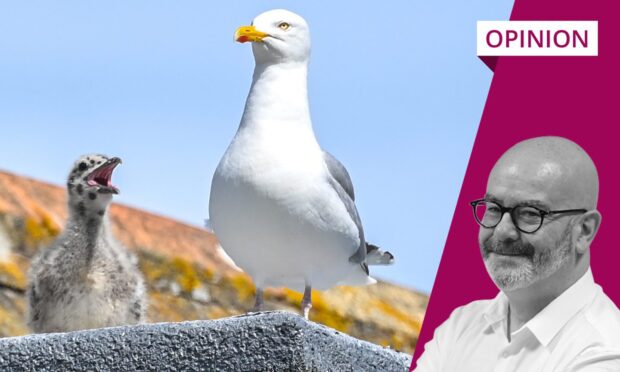
Conversation